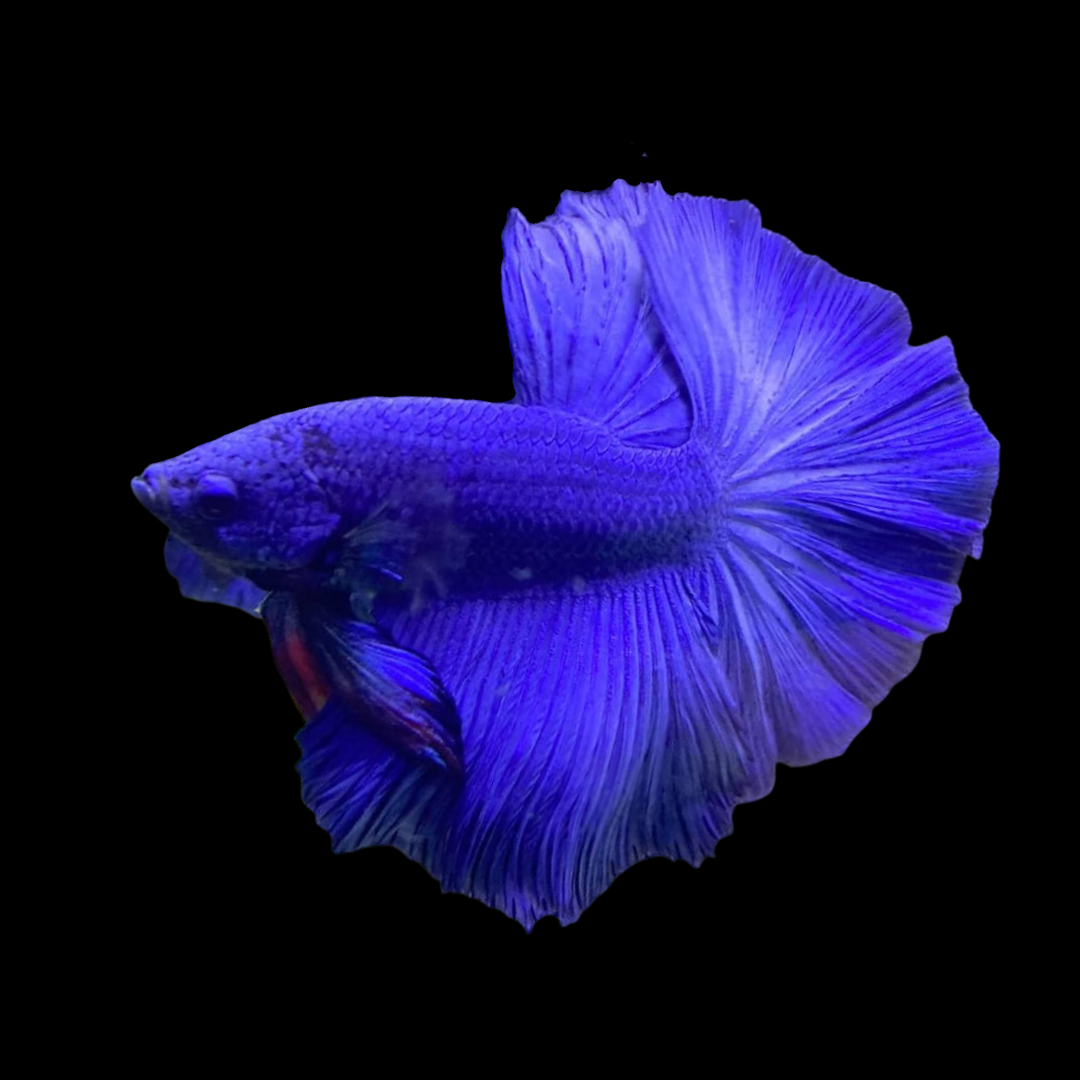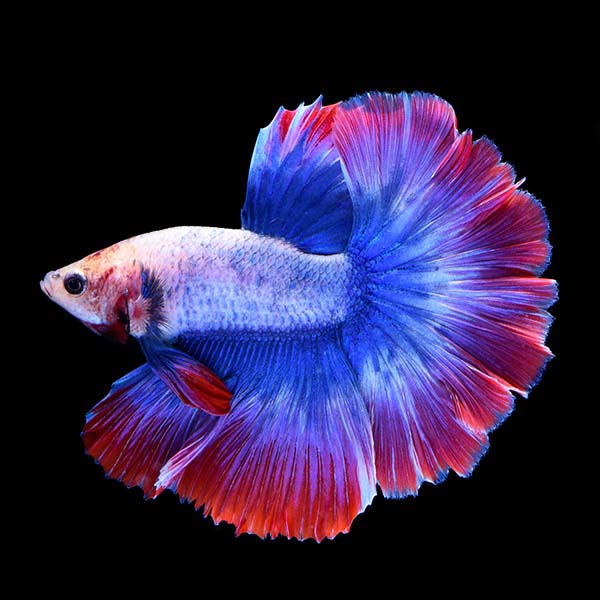Usual Betta Fish Illness and Exactly How to avoid Them
Usual Betta Fish Illness and Exactly How to avoid Them
Blog Article
Exactly How to Breed Betta Fish Efficiently: Professional Techniques and Insights for Hobbyists Aiming To Broaden Their Betta Collection
Breeding Betta fish calls for a nuanced understanding of genetics and ecological problems, making it important for enthusiasts to approach the procedure with both diligence and treatment. Producing an optimum breeding setting, choosing the right sets, and observing the complexities of their courtship actions are foundational actions that can significantly influence the outcome. In addition, the subsequent treatment of the fry is critical for ensuring their healthy and balanced advancement. As we check out these essential parts, it becomes clear that successful reproduction is not simply concerning the initial pairing however incorporates a broader method that merits cautious factor to consider.
Understanding Betta Fish Genetics
Understanding the genetics of Betta fish is essential for successful reproduction, as it affects qualities such as color, fin shape, and behavior. Betta fish exhibit a varied selection of shades and patterns, mostly identified by their genetic make-up.
In enhancement to pigmentation, fin morphology is one more significant aspect of Betta genes (betta fish). The shape and size of fins are affected by different genes, including those that figure out whether the fins are brief, long, or veil-shaped. Understanding these genetic variants assists dog breeders anticipate the phenotypic outcomes of their offspring
Furthermore, behavioral characteristics such as aggression and territoriality can also be influenced by genes. These behaviors play a vital duty in the breeding procedure, as they can impact spawning success and the general character of the resulting fry. By comprehensively recognizing these genetic concepts, breeders can make enlightened decisions, inevitably improving their reproduction programs and accomplishing preferable results.
Preparing the Reproduction Environment
Producing an optimum reproduction environment is crucial for the effective recreation of Betta fish. The first step in preparing this setting is to pick a suitable reproduction tank, ideally varying from 5 to 10 gallons.
Following, consider making use of a sponge filter or an air rock to give mild water circulation without producing strong currents that can emphasize the fish. It is vital to set up plants or reproducing cones to use concealing places and advertise convenience for the female during the spawning process. Floating plants, such as Java moss or water sprite, can also create an extra natural surroundings while helping with bubble nest building by the male.
Before introducing the breeding pairs, guarantee the water is conditioned and complimentary from dangerous chemicals, such as chlorine or hefty steels. betta fish. Regular water changes should be conducted to maintain optimal water quality, enhancing the opportunities of successful reproduction. With these prep work in position, the reproducing setting will certainly sustain the health and wellness and wellness of both Betta fish
Choosing Breeding Pairs
Selecting the right reproduction sets is vital for accomplishing successful Betta fish reproduction. When picking your breeding sets, consider a number of key factors consisting of health and wellness, character, and genetics. Healthy and balanced Betta fish display dynamic colors, clear eyes, and energetic habits. Selecting fish that are free from condition makes sure a better opportunity of creating practical spawn.
Temperament is an additional essential consideration, as Betta fish are recognized for their aggressive nature. It is advisable to choose a male and lady visit the site that exhibit suitable temperaments to decrease tension throughout the breeding procedure. A calm male can urge a smoother courtship, while a woman that is also aggressive might disrupt the procedure.
Hereditary background likewise plays a significant function in the top quality of the children. Reproducing fish that are genetically varied can reduce the danger of genetic health problems and boost the overall vitality of the fry. It is advantageous to look into the lineage of both the male and woman, concentrating on desirable attributes such as fin kind, shade patterns, and size.
The Breeding Refine
The reproduction procedure of Betta fish requires cautious preparation and focus to detail look at more info to guarantee an effective end result. It is crucial to prepare an appropriate reproduction storage tank, preferably a 5-10 gallon aquarium with a temperature preserved at 78-80 ° F. The container should be outfitted with a heater, filter (preferably sponge type to stay clear of solid currents), and lots of aquatic plants for the woman to hide.
When the atmosphere is established, present the picked reproducing set to the container, permitting them to adjust. Observe their behavior; the male will present elaborate courtship routines, consisting of flaring his fins and building a bubble nest. If the female reveals interest, she will display vertical red stripes showing preparedness for spawning.
When the female is receptive, the pair will certainly involve in a breeding accept, during which the male fertilizes the eggs. It is important to monitor their interactions closely, as the man might end up being aggressive. After generating, eliminate the woman to stop potential harm. The man will certainly have a tendency to the eggs, which usually hatch within 24-36 hours. Maintaining ideal water problems during this period is important for the development of healthy and balanced Betta fry.
Taking Care Of Betta Fry

Feeding Betta fry is critical, as they need a diet regimen high in protein. Initially, they can be fed infusoria or liquid fry food, transitioning to carefully crushed high-grade pellets as they expand. Feed tiny sections multiple times a day to encourage healthy and balanced development without overloading the tank with uneaten food.

As they grow, monitor their development carefully and divide any type of hostile individuals to avoid damage. By providing a supporting environment and have a peek at this site appropriate nutrition, hobbyists can effectively increase Betta fry right into vibrant, healthy and balanced fish, eventually enhancing their breeding undertakings.
Final Thought
Effective Betta fish breeding calls for meticulous interest to hereditary selection, ecological problems, and look after the fry. By comprehending the genes of Betta fish and preparing an ideal breeding atmosphere, hobbyists can enhance the chances of producing dynamic, healthy and balanced offspring. Choosing suitable reproduction pairs and very closely checking the courtship and generating processes are necessary. Providing optimal care for the fry ensures their healthy and balanced growth, contributing to a successful Betta collection.
Report this page